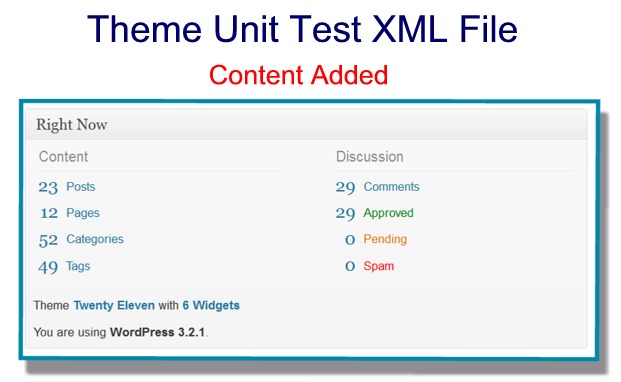Lorem ipsum dolor sit amet ….
Shall I continue?
Many of you may know the phrase above well. For those of you who don’t, don’t worry. Even those who know the phrase couldn’t tell you exactly what it means because it doesn’t really mean anything.
Often referred to as dummy content, filler text, or simply lorem ipsum, it is a kind of pseudo-Latin that graphic designers have been using perhaps as far back as the 1500’s. The idea for such “sample content” is to fill the spaces of a design where text would normally be.
Because the text is indecipherable to all but a Latin scholar who might be able to piece together this “not quite Latin” text, it allows the viewer’s eyes to flow over the content without being tempted to read it (because they can’t, of course). When meaning is removed from the text, this allows the elements of design to be highlighted.
(Interesting Side Note: The lorem ipsum text you see all over the web is normally taken from a passage by the Roman philosopher Cicero, yet it is mangled and changed in such a way as to have no real meaning.)
WordPress Sample Content for Your Site
And so when you are setting up a new site or trying out a new theme, it can be very handy to have some of this sample content around. It sure beats writing, “This is a test.” over and over and over.
However, even copying and pasting this text can become a bore if you need to do it more than a few times. A perfect solution, then, would be a plugin that automatically adds it for you. And because we’re dealing with WordPress, of course, you know that someone has already thought of it.
Dummy Content Plugins + One Bonus Option
WP Dummy Content Generator

The WP Dummy Content Generator plugin generates dummy users, posts, or WooCommerce products.
The dummy content is easy to delete once created. It’s placed in sections, so it can be removed whenever you are finished using it.
FakerPress

Another great dummy content is FakerPress. It is used for when you want to create a new theme or plugin, and need to test data.
Additionally, you can create random featured images. Plus, creating random meta information is an option.
The data is easy to delete, so there are no worries about it staying on your WordPress site.
One Final Option –Theme Unit Test from WordPress
There is one more option I’d like to mention here. Even though it isn’t technically a plugin, it acts as a plugin. It is an XML file provided by WordPress.org itself. When you upload this file to your site, it will fill out your blog with the content of every color and stripe.
A link for the file can be found on the Theme Unit Test page or you can download it directly from this link.
The Theme Unit Test page also has a rundown of everything you might want to check out once you start testing your theme. (Be warned – this is a fairly extensive list designed primarily for theme designers.)

Pros:
This file tests pretty much EVERYTHING. And when I say everything, I mean everything: drafts, sticky posts, gallery posts, video posts, audio posts, images attached, images linked, a post with many categories, a post without a title, a password-protected posts, posts with an image centered, post with an image aligned left, posts with an image aligned right, adding categories, adding sub-categories, adding different authors, etc., etc., etc. … EVERYTHING.
Cons:
The XML file completely loads up your site with LOTS AND LOTS of stuff, and it appears that the only way for a non-database-guru to get rid of it all is to go in and either manually delete it section by section, or either delete the site completely and install it again.
Unless you are making your own theme, it’s doubtful that you will need to do all this testing. However, if you would still like to, this XML file will certainly push and stretch and hammer on your theme from every angle so you can see how it responds.
Suggestion: Set up a separate test environment. If you would really like take advantage of a full test such as this, you might make a separate WordPress install from the beginning. For example, set it up at yoursite.com/test-site/. Block off the search engines and make it your test site.
How To Import the XML Test Content File
Download the XML file to your computer. Then go to your Import tool (Tools >> Import). On the Import screen, choose “WordPress.” If this is your first time importing a WordPress file, you will need to download a plugin in order to do so. The download link for the plugin should pop up automatically for you. Just follow instructions from there to activate and upload your XML file.
Load Up and Test Away
These dummy content plugins can be a great way to get an idea about how things are going to look when your site goes live. They each obviously have both advantages and disadvantages. But of course there’s also no rule against installing more than one until you find just the combination that suits you.











